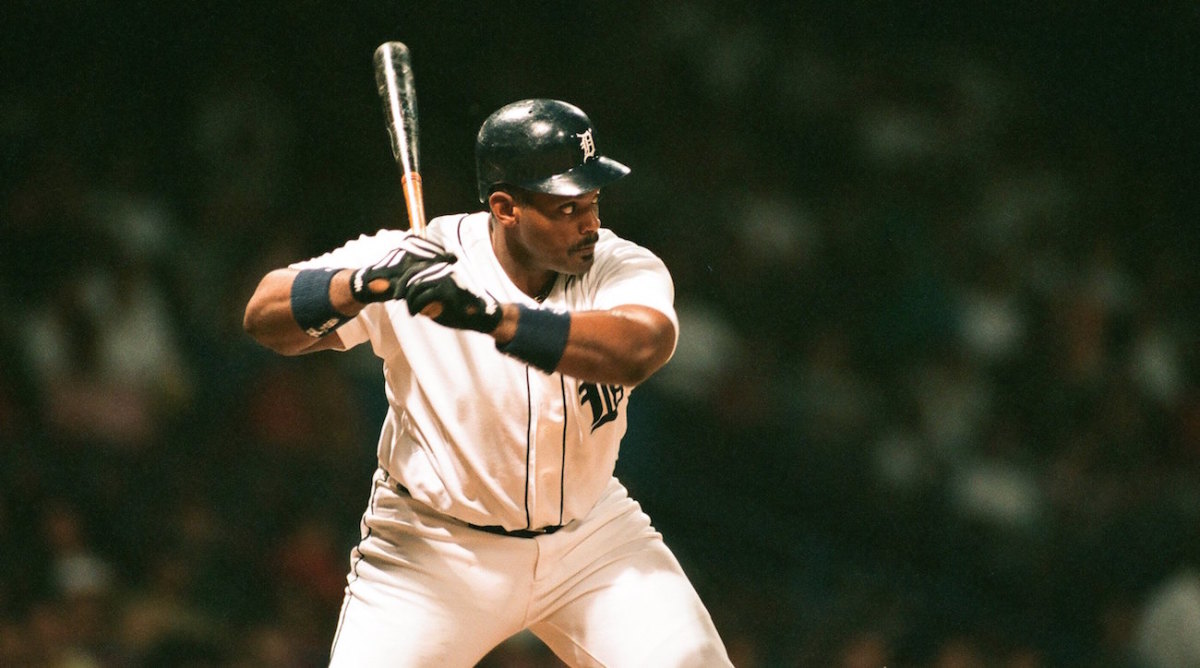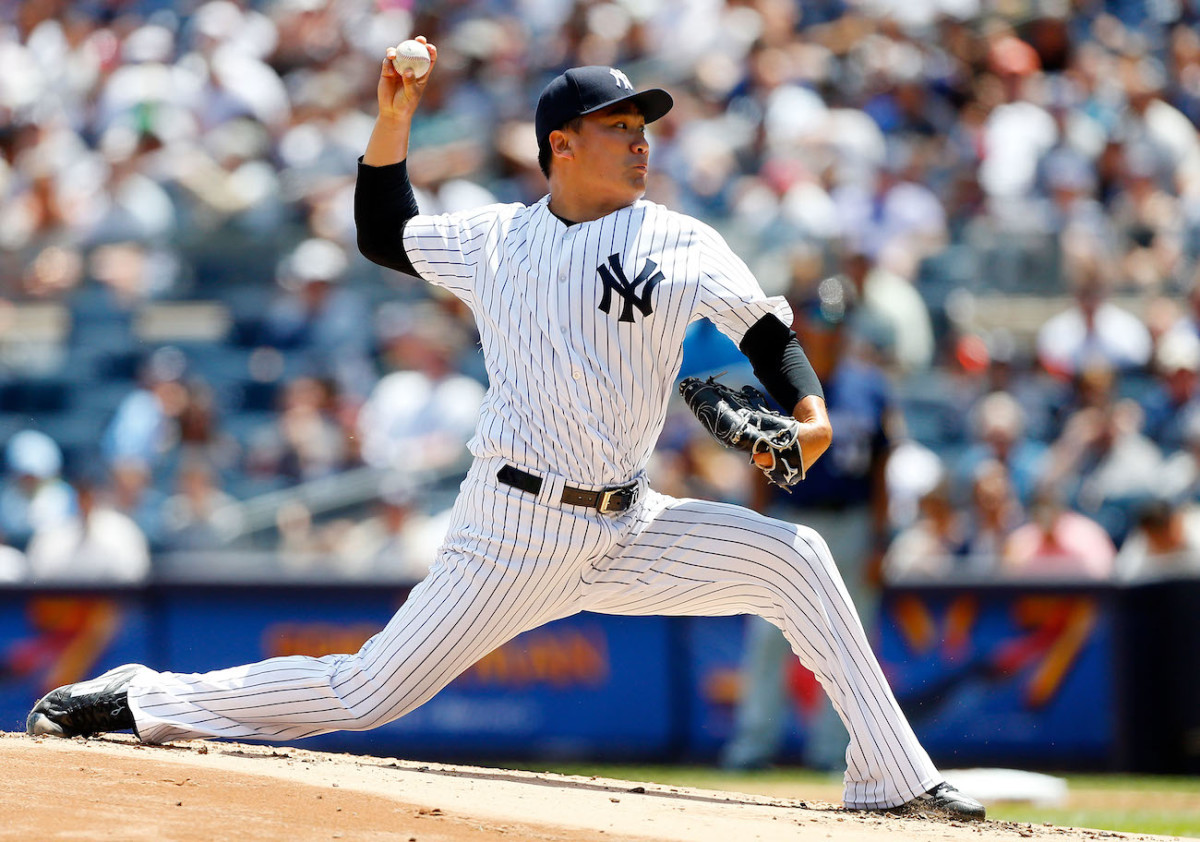Milwaukee's Eric Thames and the Overseas MLB Connection

Eric Thames burst onto the Major League Baseball scene at the beginning of this season. In Milwaukee’s first 25 games, he had 11 home runs, 19 RBIs, a .350 batting average, and an on-base percentage of .475. Crazy numbers. He has since settled into a more reasonable pace—through the All-Star break he had 23 home runs, 43 RBIs, a .248 batting average, and an on-base percentage of .374—but he is still a big reason why the Brewers are in first place in the NL Central.
His success took almost every baseball fan by surprise. That is, unless said fan follows baseball in South Korea.
In three years there, playing for the NC Dinos of the Korean Baseball League, he hit 124 home runs, had an on-base percentage of .448 and 382 RBIs, and batted .348. Although some might compare Korean baseball to the likes of Double A baseball in the U.S., there is no doubting the numbers he achieved while overseas.
Thames had started his career with the Toronto Blue Jays as the 219th overall pick in the 2008 MLB draft. He played on farm teams for Toronto until he got his call-up in the second half of the ’11 season and then was traded to the Seattle Mariners midway through the the next season.
After bouncing around the minor leagues and playing in Venezuela in 2013, Thames was signed by the NC Dinos to a three-year contract worth about $3.75 million. That was when he really started to shine.
Once Thames finished his 2016 season in Korea, the Milwaukee Brewers took a chance on him in free agency and signed him to a three-year, $31 million contract with $16 million guaranteed and a fourth year option worth $7.5 million. The Brewers’ gamble seems to have paid off.

Richard (Goose) Gossage also performed a similar feat. After 19 Hall of Fame-caliber MLB seasons, Gossage went to Japan, where he played for the Fukuoka Daiei Hawks in the 1990 season. He went 2–3 with a 4.40 ERA, doing enough to prove he could still play and signing a contract with the Texas Rangers the following year. He ended his MLB career four years later.
There have also been some cases of players coming straight from international leagues and setting the majors on fire, with the most notable of the group being Ichiro Suzuki, who went from being a star in Japan to one of the greatest players in MLB history.
Ichiro began his career in 1992 with the Orix Blue Wave in Japan, winning one championship with them in 1996. After nine seasons there, he was signed by the Seattle Mariners, and he played for them from 2001–12, when he was traded to the Yankees mid-season. His current team, the Miami Marlins, signed him in 2015 off of the free-agent block. In his 17 years as a Major Leaguer, he has had 3,051 hits, 768 RBIs, and a career batting average of .312. There have been many disputes among fans and experts over whether his 1,278 hits while playing in the Japanese league should count towards his career total, which would put him ahead of Pete Rose for most all-time hits (4,329 to 4,256). Ichiro also recently got the record for the most MLB hits by a foreign player, with 3,054.
The most notable recent transfer is pitcher Masahiro Tanaka. He began with the Tohoku Rakuten Golden Eagles of the JPCL in 2007 and left for the majors after going 24–0 with a 1.37 ERA in 2013. His career statistics in Japan enticed MLB teams to go after him: 99–35 record, 2.30 ERA, and 1,238 strikeouts. The Yankees became the lucky team to land Tanaka, signing him to a seven-year, $155 million contract. His career MLB statistics so far have been good as well: 46–24 record, 3.53 ERA, and 548 strikeouts through the All-Star Break. He was the hottest player on the market and is now rising star in the U.S.

Kazuhisa Ishi is another example of a player who just could not figure it out in the majors. After playing 10 seasons for the Yakult Swallows in the JPCL, the Los Angeles Dodgers signed him in 2002 for $12.3 million. Ishi started out prosperous, going 5–0 in his first starts and having a 2.90 ERA through May of his first season. Then things started to go downhill. He played for the Dodgers until they dealt him to the New York Mets before the ’05 season, and the following year he was back in Japan, where he played for another eight seasons before retiring. Sadly his most memorable statistic in MLB was boasting a career number of 5.80 walks-per-nine-innings, the worst in history.
Jim McIsaac/Getty Images (Thames, Tanaka); Sporting News/Getty Images (Fielder)
